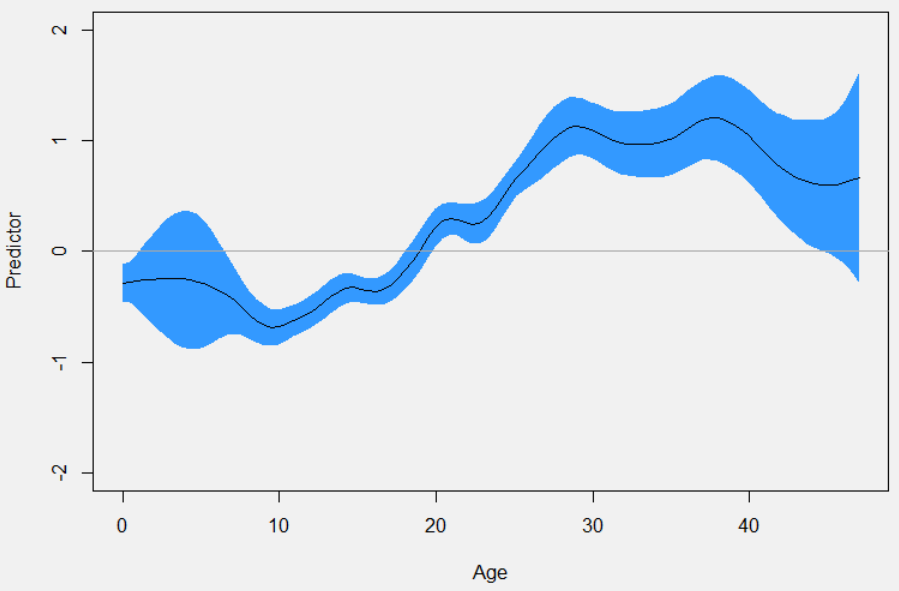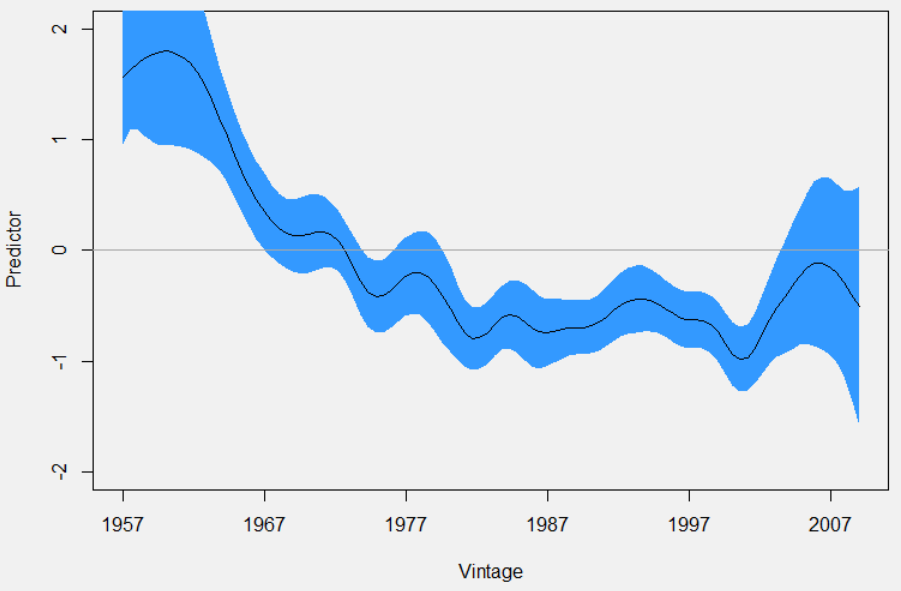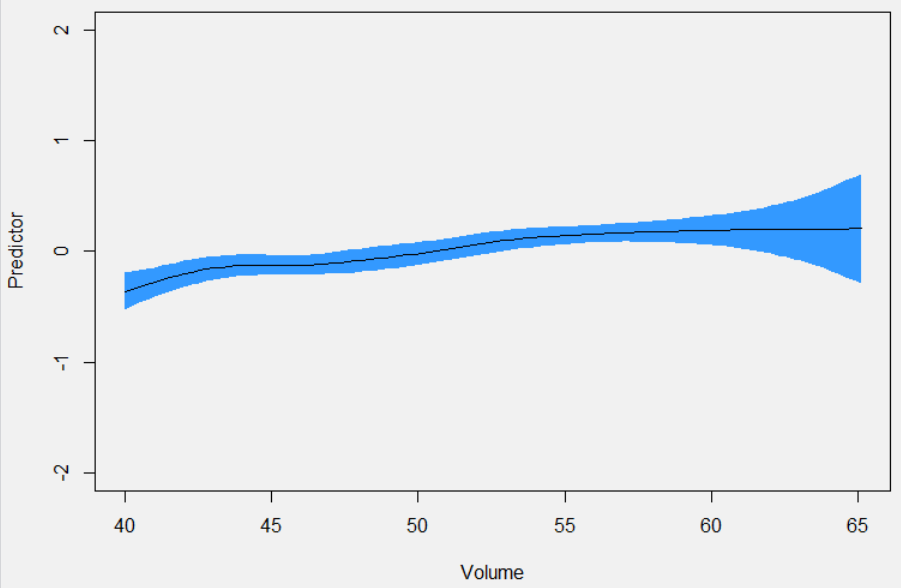We finally use the full power of our database to put some market conform price tags on whiskies we do not track yet. This is the first time we let our Whiskystats Price Model off the leash!
For showing off the full capabilities of Whiskystats we of course need an exemplary application. Last week we stumbled upon the heated discussions about a new independent bottler called Golden Decanters which issued a collection of four single cask whiskies. The following information is available about this collection:
- Auchentoshan 22yo from 1993 with 59,8%
- Ben Nevis 19yo from 1996 with 55,5%
- Bowmore 26yo from 1989 with 46,8%
- Glenlivet 34yo from 1981 with 41,8%
These whiskies are only sold in the collection of four. The asked price for this quartet is 8.000 Euros. You probably guessed right that it was this price tag which caused the above mentioned discussion. The price is indeed very high and probably over the top. But by how far? What would the secondary whisky market (as we observe it) pay for such whiskies?
The Trivial Approach
The easiest way is just to look out for similar bottles and see what is paid for them. If you would do that, you probably stumble upon bottles like the Bowmore 26yo (1989) Authentic Collection bottled by Cadenhead or the Ben Nevis 18yo (1996) Circus original bottling. With only 210 and 276 bottles, both these whiskies are likewise very limited. The latest prices are around 200 Euros for the Bowmore and 160 Euros for the Ben Nevis. But putting all of your faith in these two price observations doesn’t seem like a wise thing to do.
The Whiskystats Approach
We want to use more information to find a current market conform price. So we take all those 700ml bottles of whisky from Auchentoshan, Ben Nevis, Bowmore and Glenlivet for which we have at least one price observation within the last twelve months. This is a set of 600 whiskies with corresponding 2.568 price observations since September 2015. For each of these 600 whiskies we take the average price of the last year as the current market price. We now want to find out how these market prices depend on characteristics like the age, year of distillation, alcohol volume or the respective distiller.
This very much calls for a regression type price model. More precisely, we choose the class of Generalized Additive Models (GAMs). This model class is great since we are not restricted to the gaussian normal distribution and non linear dependencies between the price and lets say the vintage can be modeled and interpreted very easily.
At this point we do not want to bother you with too many technical details. For the informed reader; we are using the Gamma distribution and the logarithmic link function since the resulting model shows very good characteristics. The residuals do not have any structure left. Also the model explains 84% of the price variability (called deviance here), which is about right where you want to be when fitting this kind of model.
The Price Model
In the end, we model the logarithm of the market prices in dependency of the following predictors:
- The Distillery (either Auchentoshan, Ben Nevis, Bowmore or Glenlivet)
- The Age (years of maturation, zero if there is no age statement)
- The Vintage (the calendar year the whisky was distilled in)
- The Volume (the alcohol percentage)
Out of these four predictors, we are modeling the distillery as a qualitative predictor (i.e. a factor with four levels) and the other three (age, vintage and volume) as smooth predictors. This means that we encourage the model to fit a non-linear dependency between the price and these three predictors, if there is one.
We get the following (significant) estimations for the coefficients of the factor levels:
- Auchentoshan: 5,25 (intercept)
- Ben Nevis: 0,40
- Bowmore: 0,70
- Glenlivet: 0,08
- No Vintage stated: -2,04
Here, Auchentoshan serves as the base level which is called intercept. This means, that if you use this model for price estimation (which we will do below) you always add the value of the intercept. Since all the coefficients of the other distilleries are positive, we deduce that generally spoken the lowest prices are observed for Auchentoshan. Likewise, since Bowmore has the highest positive coefficient beside the intercept, it is the distillery with the highest price level among these four. You also notice a coefficient for whiskies without a vintage stated. Since it is negative, prices are lower if there is no vintage statement.
Before we can do the actual price estimation, we need to have a look at the smooth predictors age, vintage and volume. Luckily, their influence on the market prices can be interpreted visually. What you see below are the estimations for the functional dependency between the market price and the respective predictor. The black line denotes the point estimation and the blue band the area of confidence. The No Age Statement whiskies are at zero. From zero to around eight years we see the confidence band widen since there are pretty much no whiskies with an age statement of around five years so the model simply has no observations to determine the functional dependency from. After that we observe what one might would expect. The higher the age statement, the higher the observed market prices. This stays true to around 28 years. From there the effect of age stays constant and beyond 40 there are again very few observation in this dataset.
The No Age Statement whiskies are at zero. From zero to around eight years we see the confidence band widen since there are pretty much no whiskies with an age statement of around five years so the model simply has no observations to determine the functional dependency from. After that we observe what one might would expect. The higher the age statement, the higher the observed market prices. This stays true to around 28 years. From there the effect of age stays constant and beyond 40 there are again very few observation in this dataset. Also for the vintage we observe a familiar pattern. Old vintages will be priced very high while market prices fall as the vintage rises. Interestingly, here this effect stops at around 1983. From there the effect of the vintage on the market price seems very constant until 1999.
Also for the vintage we observe a familiar pattern. Old vintages will be priced very high while market prices fall as the vintage rises. Interestingly, here this effect stops at around 1983. From there the effect of the vintage on the market price seems very constant until 1999. Compared to the age and vintage, volume has a smaller effect on the market prices. Nevertheless it is still a significant effect. Simply spoken, the higher the volume the higher the market prices seem to be.
Compared to the age and vintage, volume has a smaller effect on the market prices. Nevertheless it is still a significant effect. Simply spoken, the higher the volume the higher the market prices seem to be.
How to use this Model for Prediction
If we want to use the above model for price prediction, we simply need to put together the pieces. The easiest way to explain this is again with an example. Lets say we want to price the Ben Nevis from the Golden Decanters collection above. So we have a 19-year-old Ben Nevis with 55,5% alcohol volume which was distilled in 1996.
As mentioned above, we always have to add the intercept of 5,25. Since it is a Ben Nevis we add 0,40. There is an age statement (19 years old), so we do NOT add the -2,04 from above. What we need to do is determining the predictor value of the age 19 from the first graph above, i.e. the value of the black line at 19 years. This is around -0,15. So for now we have 5,25 + 0,40 – 0,15 = 5.5. Then we add the “black line” values of the vintage 1996 (around -0,4) and 55,5% alcohol volume (+0,1). So the result is 5,25 + 0,40 – 0,15 – 0,4 + 0,1 = 5,2. Since we modeled the logarithm of the market prices, we now simply calculate the exponential function exp(5,2) = 180 EUR to get our price estimation for the Ben Nevis. This may sound complicated, but using computers this is nothing to worry about.
The Golden Decanter Estimations
We simply repeat the above price prediction for all four whiskies from the Golden Decanter collection. This is how the secondary whisky market would price these whiskies on a single bottle basis:
- Auchentoshan 22yo from 1993 with 59,8%: 190 Euros
- Ben Nevis 19yo from 1996 with 55,5%: 180 Euros
- Bowmore 26yo from 1989 with 46,8%: 380 Euros
- Glenlivet 34yo from 1981 with 41,8%: 210 Euros
Summed up we get to around 1.000 Euros which is indeed far away from 8.000 Euros. Of course, one has to add a margin for the fact that they are only sold as a collection. And from what we see, the actual bottles and packaging of the Golden Decanter collection look really nice and sure add up in value. But still, from the viewpoint of the secondary whisky market this collection of four whiskies is heavily overpriced.
Conclusion
So does this mean that there is nobody who will buy this collection for the asked price? No, this is certainly not what we are saying. We just estimated a fair market price for the actual whisky. The marketing success or the goodwill of single buyers are not included in our analysis. What we can say is that at the moment we do not expect these whiskies to retain their price as soon as they appear on auctions. Maybe as a whole collection and maybe for some time if the generated hype is big enough. Maybe…
